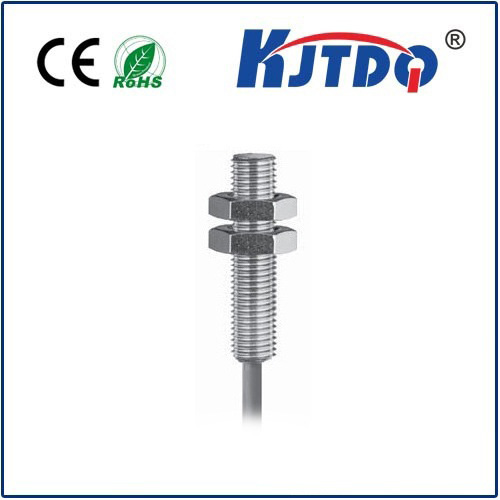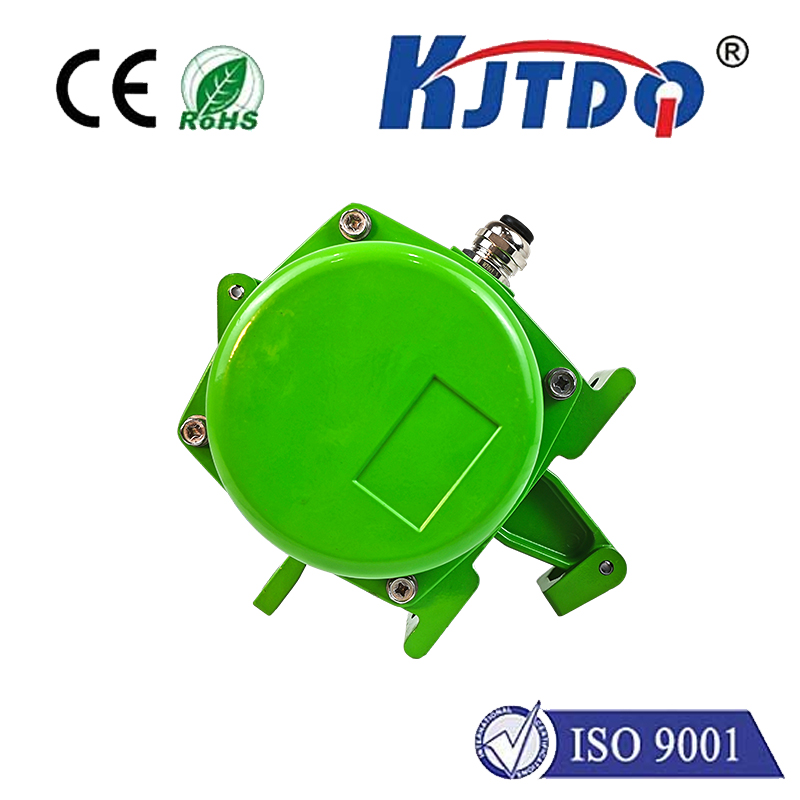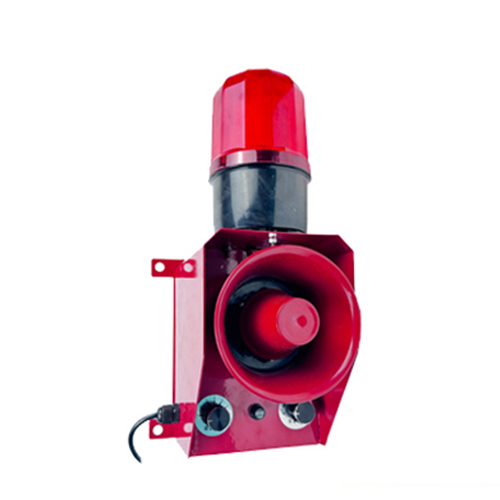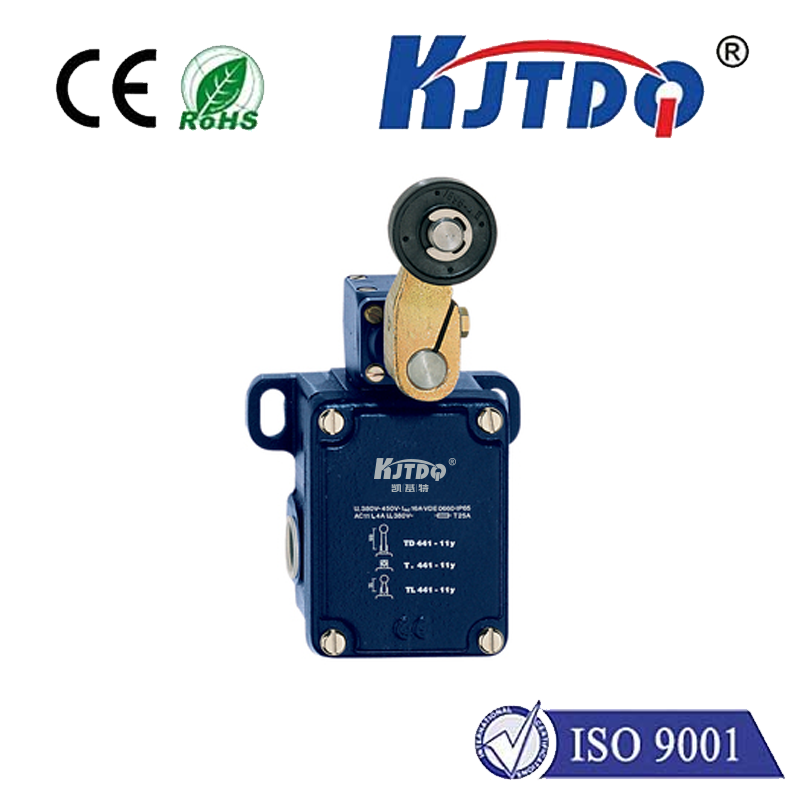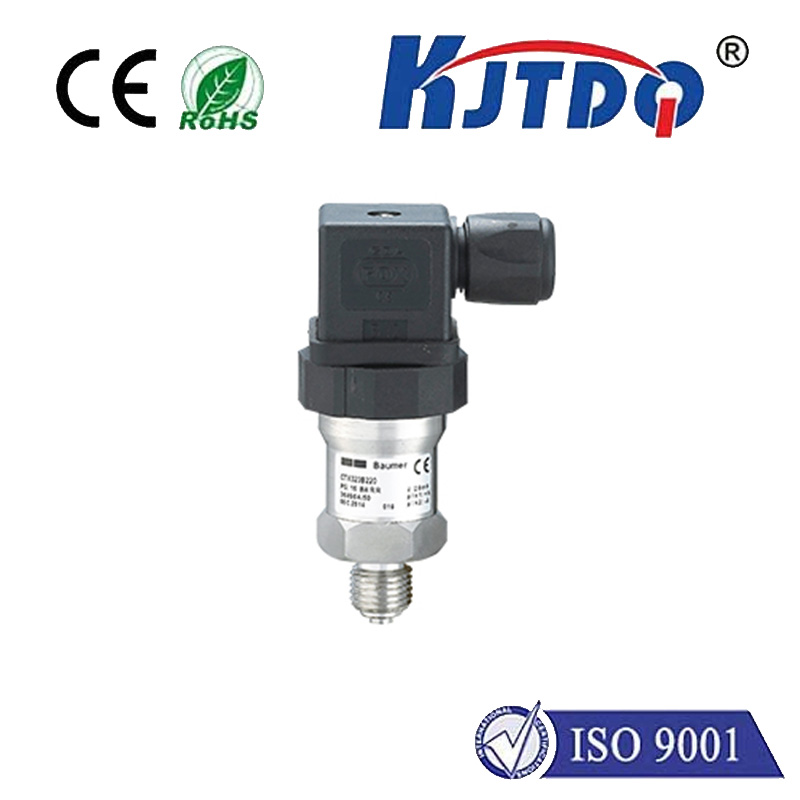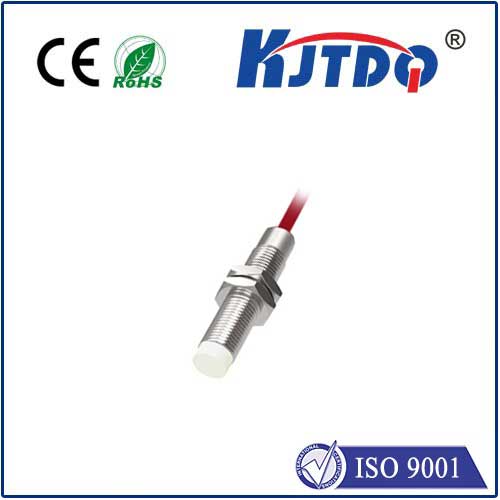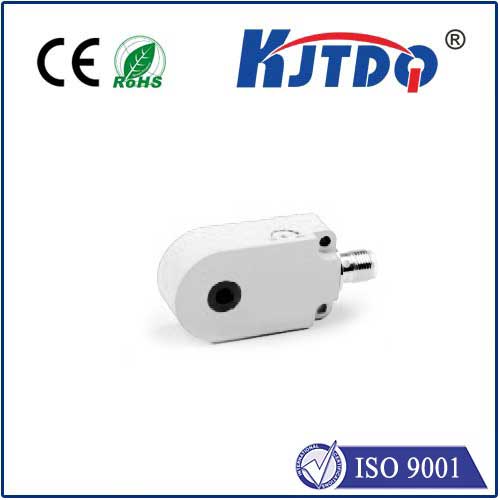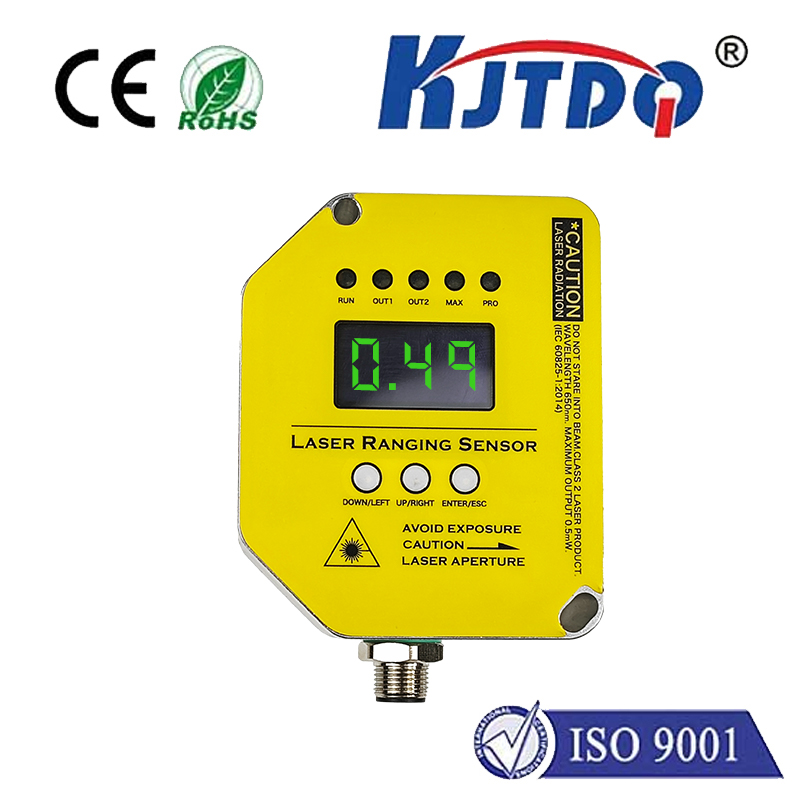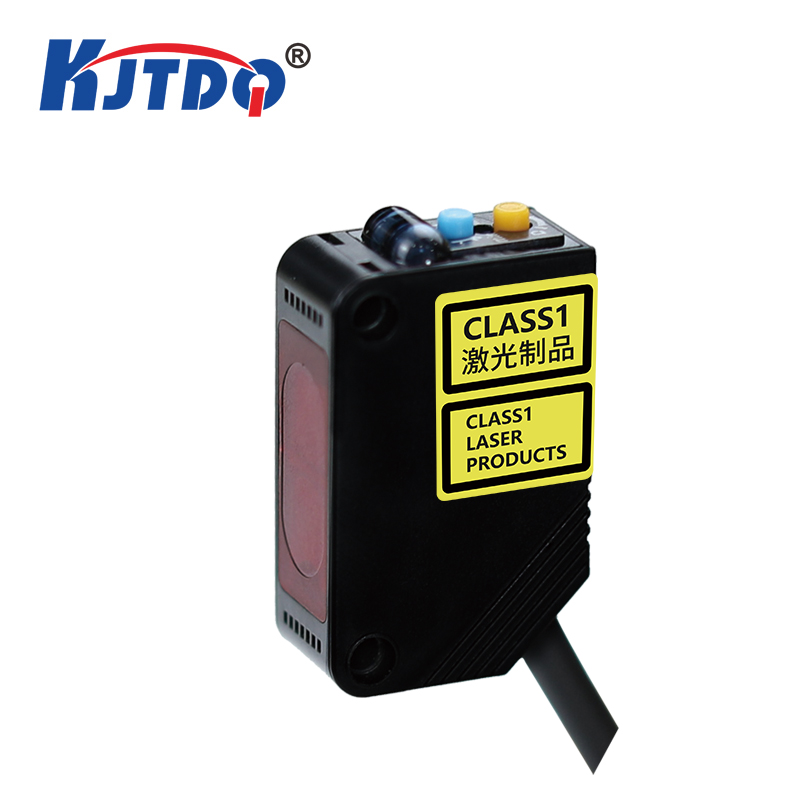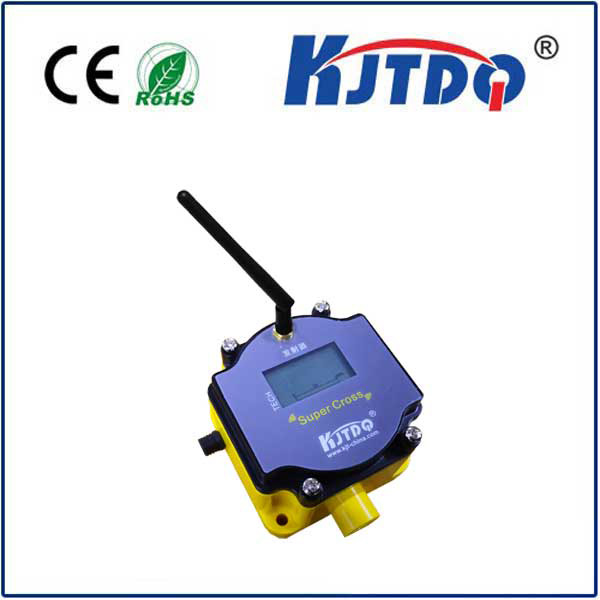

check

check

check

check
Small IR Sensor: The Key to Enhancing Sensitivity and Accuracy in Modern Devices
In today’s rapidly evolving technological landscape, the integration of small infrared (IR) sensors has become a pivotal component in many modern devices, from consumer electronics to industrial applications. These sensors offer a unique combination of compact size, high sensitivity, and low power consumption, making them ideal for use in a wide range of environments. This article explores the role of small IR sensors, their benefits, and how they contribute to the advancement of various technologies.
A small IR sensor is a compact device that detects and measures infrared radiation. Unlike traditional sensors that rely on visible light, IR sensors are capable of detecting invisible wavelengths of light, which are often used in thermal imaging, remote control, and optical communication. The small size of these sensors makes them highly versatile, allowing them to be embedded in devices without significantly increasing the overall size or weight. This is particularly important in applications where space is limited, such as in wearable technology, robotics, and smart home devices.

One of the most significant advantages of small IR sensors is their ability to detect heat signatures with high precision. In industrial settings, these sensors are used to monitor temperature, detect defects, and ensure quality control. In consumer electronics, they are employed in cameras, smartphones, and smartwatches to enhance image quality and provide real-time feedback. The small size and low power consumption of these sensors make them an energy-efficient choice, which is crucial for battery-operated devices.
Another key benefit of small IR sensors is their reliability and accuracy. Unlike some other types of sensors, IR sensors are not affected by ambient light, making them particularly useful in low-light or no-light conditions. This is especially valuable in applications such as night vision, automotive systems, and medical devices. The consistent performance of small IR sensors under various environmental conditions ensures that they deliver reliable data, which is essential for accurate decision-making.
In addition to their technical advantages, small IR sensors also offer significant cost-effectiveness. The compact design allows for easier integration into existing systems, reducing the need for additional components. This makes them a popular choice for manufacturers looking to develop innovative products without compromising on performance or cost. The low power consumption further enhances their appeal, as it reduces the overall energy requirements of the device, contributing to sustainability and long-term cost savings.
As technology continues to advance, the role of small IR sensors is expanding beyond their current applications. Innovations in sensor design and materials are pushing the boundaries of what these sensors can achieve, enabling new possibilities in fields such as augmented reality, environmental monitoring, and even space exploration. With ongoing research and development, the future of small IR sensors looks promising, and their impact on modern technology is expected to grow even further.
In conclusion, small IR sensors are not just a technological advancement but a critical component in the development of many modern devices. Their compact size, high sensitivity, and low power consumption make them an essential part of the innovation landscape. As the demand for more efficient and intelligent devices continues to rise, the importance of small IR sensors will only increase, driving further advancements in their design and application.
